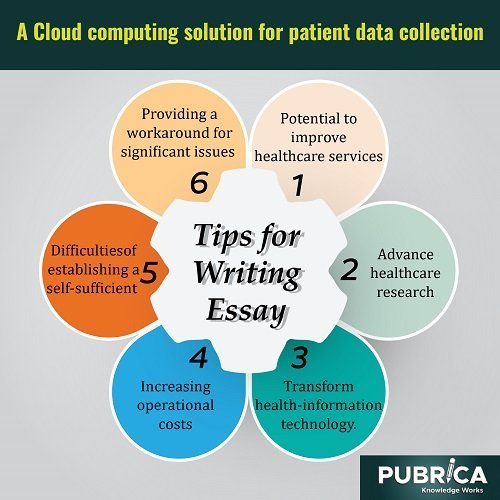In health-care facilities, a cloud computing solution for patient data collection has been developed
Cloud computing is a innovative of delivering computing resources and services through the internet. Many managers and experts believe it has the potential to improve healthcare services, advance healthcare research, and transform health-information technology. Like any new technology, Cloud computing should be thoroughly studied before general implementation. This study examines the concept and its actual application in health care, evaluating the benefits and drawbacks of this computing model from four perspectives (management, technology, security, and legal). A health organization’s strategic planning process for determining its direction, strategy, and resource allocation when migrating from traditional to cloud-based health services is also highlighted. Healthcare is unique industries that have been at the forefront of cloud adoption. Across the globe, healthcare providers realize the true potential of cloud technologies.

The healthcare sector is complicated because of the enormous number of processes involved and the amount of private and sensitive information it must handle. The industry’s complexity frequently results in two primary issues: increasing operational costs (including data storage costs) and the difficulties of establishing a self-sufficient health ecosystem. Technology has always been the saviour, providing a workaround for significant issues in the healthcare industry. Cloud computing is one such technology. It has been in use in the healthcare business for numerous years and is constantly evolving to keep up with improvements in the industry. Collaboration, scalability, reachability, efficiency, and security are all features that cloud computing brings to the healthcare industry.
Reference
- Peter Mork, Eizen Kimura, Carl Reynolds, and Feipei Lai, Alex Mu-Hsing Kuo Opportunities and Challenges of Cloud Computing to Improve Health Care Services; J Med Internet Res. 2011 Jul-Sep; 13(3).
